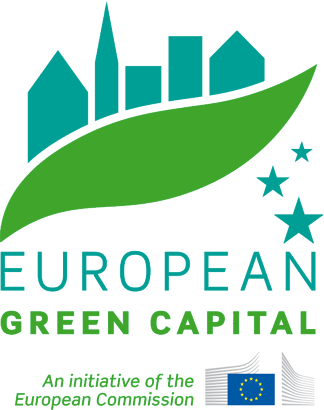Future cities: What can Bristol learn from Copenhagen?
As Copenhagen passes Bristol the European Green Capital title for 2015, what can we learn from the Danish example?

Both aim to stop adding any greenhouse gases to the environment. Both aim to do so by creating inspiring, diverse cities, featuring a mixture of old and new buildings.
Both too feature green spaces where you can fill your lungs with fresh air.
Both want better shops and transport hubs, promoting green growth and enhancing the quality of life for people who live there.
All of this is a lot to achieve.
“We have established more than 90 partnerships in relation to Sharing Copenhagen, spanning from some of the bigger Danish companies and universities to small NGO’s, says Morten Kabell, Mayor of Environmental and Technical Affairs of Copenhagen.
“An example is Roof Tomato, an urban gardener growing tomatoes on the roofs of Copenhagen,” adds Kabell.
Green Capitals are not just about vegetables though.
Kabell explains that Copenhagen is advancing many other strategies we could copy here.
“Changes to the way we produce energy, the way we transport ourselves and changes of habit in our everyday lives.”
Among these strategic changes is cocreation; an exciting sustainability concept that creates many new benefits.
Copenhagen estimates that encouraging cycling cuts healthcare costs by almost 50p per km cycled.
For example, building more cycling paths creates more cyclists. This in turn improves levels of health, lowering greenhouse gases.
Copenhagen estimates that encouraging cycling cuts healthcare costs by almost 50p per km cycled.
Cleaning the water in Copenhagen’s harbour illustrates cocreation too. This improved the marine environment, increasing business, tourism and real estate prices too.
Since Copenhagen revamped its sewage system, students, families and businessmen all swim, sail and fish in its harbour.
Better transport cocreation eased traffic congestion, saving the city billions of euros, keeping it efficient and competitive.
Could Bristol do the same?
“So the goal has been to make the green agenda visible and top of mind for the Copenhageners.
“To get everyone to reflect on their daily routines in relation to the environment.
“We are looking forward to sharing experiences, ideas and solutions with all the European Green Capitals to come.”
In one example of the solutions, Copenhagen’s residents will save an average £425 on their heating costs when the city’s overall plans are finally completed.
| Some of Copenhagen’s key goals for 2025, that Bristol might aspire to match: |
| 10% reduction of electricity consumption in households |
| 75% of all trips in Copenhagen will be on foot, by bike or public transport |
| Energy consumption for street lighting will be halved |
| Green investments will create jobs for 30,000 people |
“Sustainability is very much about improving life for everyone in our cities,” says Morten Kabell, Mayor of Environmental and Technical Affairs of Copenhagen.
“If new solutions are to improve the life of our citizens then citizens should be involved in shaping the solutions.”
Sharing this approach, delivering an exciting, vibrant future for Bristol, will all take place throughout 2015.
To keep up to date on all the latest news and events, follow @Bristol_2015 on Twitter or join the conversation on Facebook.





